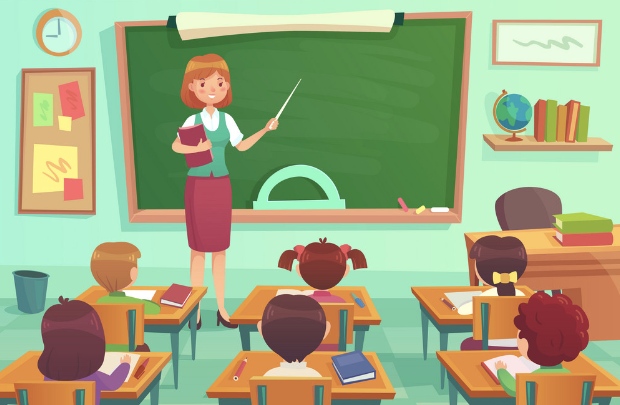When I started teaching 3rd grade, I quickly realized it was a world of its own. This age is when children start blossoming into curious learners, eager to explore and understand more about the world around them. They’re at this sweet spot where their foundational skills are set and ready to tackle more complex ideas. In my years of teaching, I’ve gathered a wealth of knowledge and strategies on how to teach 3rd grade effectively, which I’m excited to share with you.
Math & ELA | PreK To Grade 5
Kids see fun.
You see real learning outcomes.
Watch your kids fall in love with math & reading through our scientifically designed curriculum.
Parents, try for free Teachers, use for free
This blog will provide an easy-to-follow guide filled with practical tips for educators. Whether you’re a seasoned teacher or new to the profession, you’ll find valuable insights to help make your 3rd-grade classroom a dynamic and successful learning environment.
5 Math Tips for Teachers to Teach 3rd Grade
1. Sequential Skill Building
In teaching third graders, it’s crucial to build math skills sequentially. Starting with simple concepts like single-digit addition and subtraction and gradually moving to more complex topics ensures students have a solid foundation. This approach helps prevent gaps in understanding and prepares them for advanced math challenges in the future.
Examples:
- After mastering single-digit addition, introduce double-digit addition without carry-over.
- Start with simple subtraction, then gradually include problems that require borrowing.
- Once basic operations are understood, introduce basic multiplication with single digits.
Start with these cool math games to ease kids into the concept:
Related Reading: Most Important Math Concepts Kids Learn in 3rd Grade
2. Encourage Mental Math Strategies
Mental math strategies are vital in how to teach 3rd grade math. Techniques like rounding numbers or breaking them into parts help in quick calculation and improve overall number sense. It’s about teaching students to solve math problems in their heads, which enhances their mathematical fluency.
Examples:
- Rounding numbers to the nearest ten for quick addition or subtraction.
- Adding large numbers by breaking them into hundreds, tens, and ones.
Estimating the result of a multiplication problem by rounding numbers.
3. Incorporate Measurement and Data Interpretation
Integrating measurement and data interpretation in math lessons makes the subject more practical and relatable. Activities involving real-life applications, like cooking or survey analysis, help students understand and enjoy measuring and interpreting data.
Examples:
- Cooking activities where students measure ingredients.
- Using a ruler to measure classroom items and record the data.
- Creating simple bar graphs or pie charts based on class surveys.
Measurements and data interpretation can be difficult for kids to grasp. But playing hands-on games will help them ace it. Begin here:
4. Use of Math Manipulatives
Using math manipulatives like base-ten blocks, fraction circles, or number lines can be transformative for a third-grade teacher. These tools help students visualize and concretely understand abstract math concepts, critical for grasping ideas like place value and fractions.
Examples:
- Use base-ten blocks to demonstrate how ten ones make a ten, ten tens make a hundred, and so on.
- Fraction circles to visually compare and understand different fractions.
- Number lines to teach addition and subtraction, showing how to move forward or backward.
Related Reading: Best Math Teacher Supplies for Elementary Classrooms
5. Geometry Through Hands-On Activities
Hands-on activities make learning geometry engaging and tangible. Students can better understand geometric concepts and properties by building or drawing shapes. This approach appeals to tactile learners and makes abstract concepts more accessible.
Examples:
- Create different shapes using craft sticks and compare their sides and angles.
- Drawing shapes in sand or with sidewalk chalk for a fun outdoor lesson.
- Clay or playdough is used to form three-dimensional shapes like cubes and spheres.
Start playing these geometry games for 3rd graders to master geometry for free:
Related Reading: Best Math Books For 3rd Graders
5 Tips to Teach 3rd Grade Language Arts
1. Daily Writing Prompts
In a 3rd grade classroom, daily writing prompts encourage consistent writing practice and spark creativity. They help students express themselves, improve writing skills, and build confidence. Each day, provide a different prompt that challenges students to think creatively or reflect on their experiences.
Examples:
- Write about your favorite animal and why you like it.
- Describe what you would do if you were the principal for a day.
- Imagine a new planet and describe what life would be like there.
Related Reading: Fun Third-Grade Writing Prompts for Kids
2. Focus on Sentence Structure and Grammar
Understanding sentence structure and grammar is fundamental in learning how to teach 3rd grade Language Arts. Through targeted exercises, students learn to construct clear and correct sentences, which is crucial for effective communication.
Examples:
- Identify and correct the grammar in a given sentence.
- Rearrange words to form a proper sentence.
- Create sentences using specific grammar rules, like past tense verbs.
3. Vocabulary Building Exercises
Expanding vocabulary is key for third graders. Incorporate activities that introduce new words in context, helping students to understand and remember them. This enhances their reading comprehension and writing skills.
Examples:
- Weekly vocabulary lists with words used in current reading materials.
- Word of the day activities, with usage in sentences.
- Vocabulary games like word matching or crossword puzzles.
Related Reading: Best Vocabulary Games to Play in Your Classroom
4. Reading Comprehension Strategies
Developing reading comprehension skills is essential. Teach strategies like summarizing, predicting, and questioning to enhance understanding of the text. This not only improves reading skills but also critical thinking.
Examples:
- Summarize the main points of a story after reading.
- Predict what might happen next in a book and discuss why.
- Ask and answer questions about the plot, characters, and setting.
Related Reading: Best Reading Comprehension Activities for Kids
5. Enhancing Oral Reading Fluency
For third graders, oral reading fluency is a key skill. This involves reading with proper speed, accuracy, and expression. Practicing this enhances comprehension and confidence in reading aloud, crucial for developing public speaking and presentation skills.
Examples:
- Regularly schedule read-aloud sessions where each student reads a passage.
- Practice reading with expression by changing the tone for different characters.
- Record and playback reading sessions to self-assess and improve.
Related Reading: Best Reading Websites For Kids
5 Tips to Teach 3rd Grade Science
1. Weekly STEM Activity
Incorporating a weekly STEM (Science, Technology, Engineering, Mathematics) activity in a 3rd grade classroom sparks curiosity and fosters practical understanding of scientific concepts. These hands-on activities encourage exploration, problem-solving, and creative thinking.
Examples:
- Building simple machines like pulleys or levers using everyday materials.
- Conducting basic chemistry experiments with safe household items.
- Creating a small garden or terrarium to learn about plant life cycles.
Related Reading: Best & Fun STEAM Activities for Kids of All Ages
2. Science Journaling
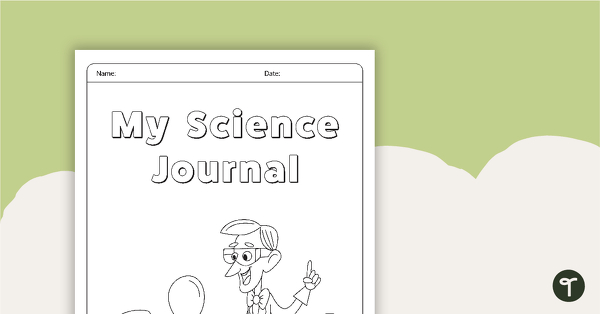
Encouraging students to keep a science journal promotes observation, documentation, and reflection on their scientific discoveries and hypotheses. It’s a great way for students to track their learning progress and develop critical thinking skills.
Examples:
- Record observations from a weekly STEM activity.
- Sketch and describe different plants or animals studied in class.
- Write predictions and conclusions for simple experiments.
3. Nature Exploration Projects
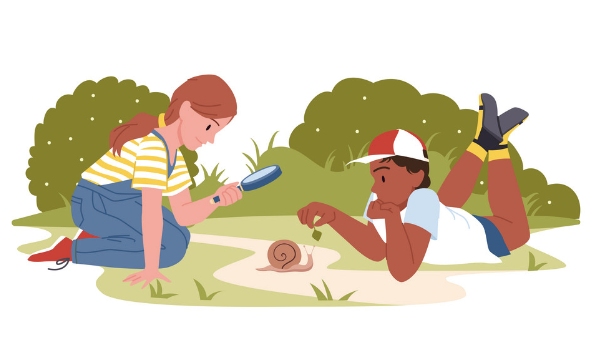
Hands-on nature exploration projects help students understand ecosystems, environmental science, and biology. Activities like nature walks or observing local wildlife make learning about science interactive and fun.
Examples:
- A field trip to a local park for bird watching and identification.
- Planting and monitoring a small classroom garden.
- Collecting and examining leaves or insects (while respecting nature).
4. Simple Physics Experiments
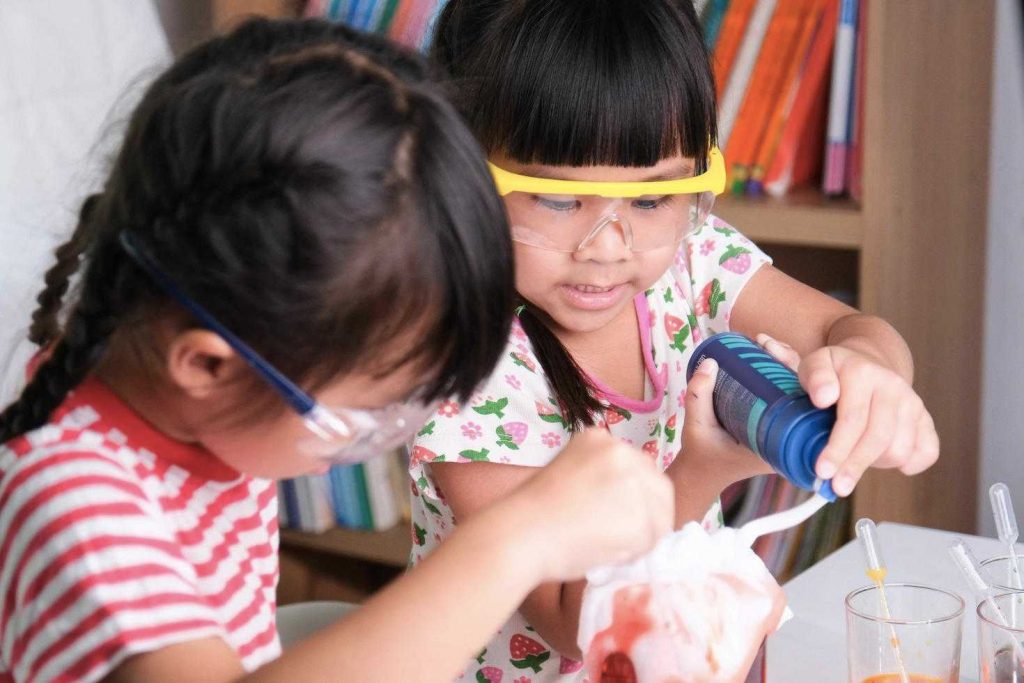
Introducing basic physics concepts through simple experiments can demystify how things work. These activities make abstract concepts like force and motion tangible and understandable.
Examples:
- Using toy cars to explore motion and friction.
- Creating basic circuits using batteries and light bulbs.
Experimenting with magnets to understand attraction and repulsion.
5. Integrating Technology and Science Learning
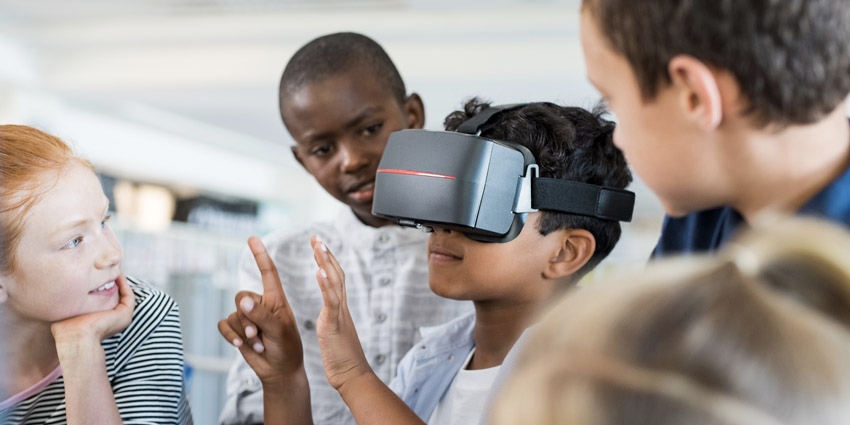
In today’s tech-driven world, integrating technology in science lessons is crucial. It can include using apps for virtual lab experiments or online resources for research, making the learning experience more dynamic and relevant.
Examples:
- Virtual reality field trips to explore different biomes or the solar system.
- Using educational apps for simulating weather patterns or the water cycle.
10 General Tips to Teach 3rd Grade Kids
1. Understanding Their Cognitive Development
At the 3rd-grade level, students begin to think more logically and concretely about the world around them. Any 3rd-grade teacher needs to recognize this shift and introduce activities that challenge their reasoning and problem-solving skills. Simple experiments, puzzles, and group projects can be great tools to cater to their developing minds.
2. Promoting Independence in Learning
As students reach this stage, fostering independence becomes crucial. In your journey on how to teach 3rd grade, encourage self-directed tasks where students can make choices about their learning, like selecting books or deciding the order of completing assignments. This autonomy builds confidence and responsibility.
3. Developing Time Management and Organizational Skills
Third grade is an ideal time to teach students about organizing their work and managing their time effectively. Introduce simple planners or to-do lists and allocate time for independent work during class. This helps them understand how to prioritize tasks and manage their time, a skill crucial for school and life.
4. Incorporating Collaborative Learning
Collaboration is key at this age. Group activities requiring teamwork and communication help develop social skills and make learning more engaging. Whether it’s a group science project or a peer review session in writing, these activities prepare them to work effectively with others.
5. Emphasizing Real-World Application of Skills
To teach third grade effectively, showing students how their learning applies in real life is vital. Use examples from everyday situations to teach math or science concepts or relate historical events to current news. This connection helps them see the relevance and value of their education.
6. Promote Critical Thinking and Inquiry
Encourage students to ask questions and think critically about topics. This can be done through inquiry-based learning, where students explore and investigate to learn. Activities like research projects or science experiments where they form hypotheses and test them are excellent for this age group.
7. Integrating Technology
Technology is a significant part of education today. Introduce digital tools for research, presentations, and creative projects and teach digital citizenship. This prepares them for a technologically advanced world while ensuring they use these tools responsibly.
8. Customizing Learning to Individual Needs
Recognizing that each student is unique is a cornerstone in how to teach 3rd grade. Differentiated instruction, whether through leveled reading materials, varied math problems, or providing choices in assignments, ensures that each child’s learning needs and styles are addressed.
9. Regular Feedback and Positive Reinforcement
Providing constructive feedback and celebrating achievements, no matter how small, boosts confidence and motivation. Regular check-ins and acknowledging their efforts help build a positive learning atmosphere and encourage continuous improvement.
10. Cultivating a Growth Mindset
Instilling a growth mindset in 3rd graders is key to their long-term success and adaptability. This involves teaching them that intelligence and abilities can develop with effort, persistence, and resilience. Encourage them to see challenges as opportunities to grow rather than obstacles. Celebrate their efforts and progress, not just results, and use constructive feedback to guide them.
Related Reading: Best Books for 3rd Graders That Will Cherish for Life
Conclusion
This comprehensive guide offers a variety of strategies on how to teach 3rd grade effectively, covering key subjects with practical and engaging methods. By applying these techniques, educators can create a dynamic and enriching learning environment that caters to the diverse needs of their students.
Frequently Asked Questions (FAQs)
How do you start a lesson for Grade 3?
Starting a lesson for Grade 3 often involves an engaging activity or question that piques students’ curiosity and relates to the day’s topic. This can be a short story, a relevant game, or an intriguing question that sets the tone for the lesson and grabs their attention.
What is usually taught in third grade?
In third grade, students typically learn more advanced reading and writing skills, basic math concepts like multiplication and division, foundational science topics including simple physics and biology, and social studies focusing on communities and history.
What to expect when teaching 3rd grade?
When teaching 3rd grade, expect to guide students through more complex and abstract concepts, foster greater independence in learning, and encounter varied learning styles and abilities. It’s a year of significant growth where students become more confident and curious learners.

















